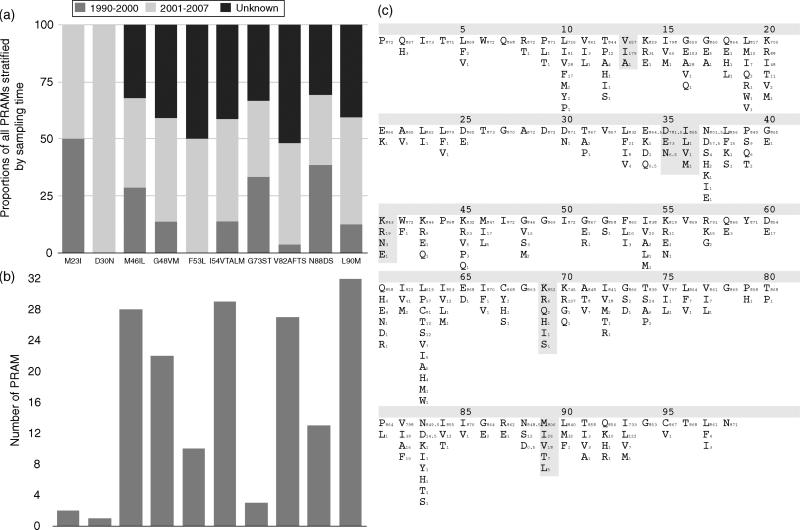Fig. 1. Observed CRF01_AE PRAMs and polymorphisms.
(a). Proportion of PRAMs by time period, (b). Number of PRAMs by residue site and (c). CRF01_AE consensus sequence and observed residue diversity. Comparisons were made between two time periods (1990–2000 and 2001–2007). The frequencies of three of the polymorphisms increased significantly from 1990–2000 to 2001–2007, residues: 16 (11.8–32.2%), 37 (3.0–11.3%) and 63 (22.8–35.4%) (P < 0.05), which corresponded to an increase in protease inhibitors in the region (Roche, Bristol-Myers Squibb and Abbott, Thailand, personal communication). Sites where CRF01_AE consensus sequence differed from subtype B consensus are marked with filled grey boxes and the subscripts represent the number of sequences observed with these nonconsensus CRF01_AE amino acids. Protease inhibitors were first introduced into each country was as follows: Thailand and Singapore, 1996; Japan, 1997; China, 1998; Vietnam and Cambodia, 2000 (Roche, Bristol-Myers Squibb and Abbott, Thailand, personal communication).

